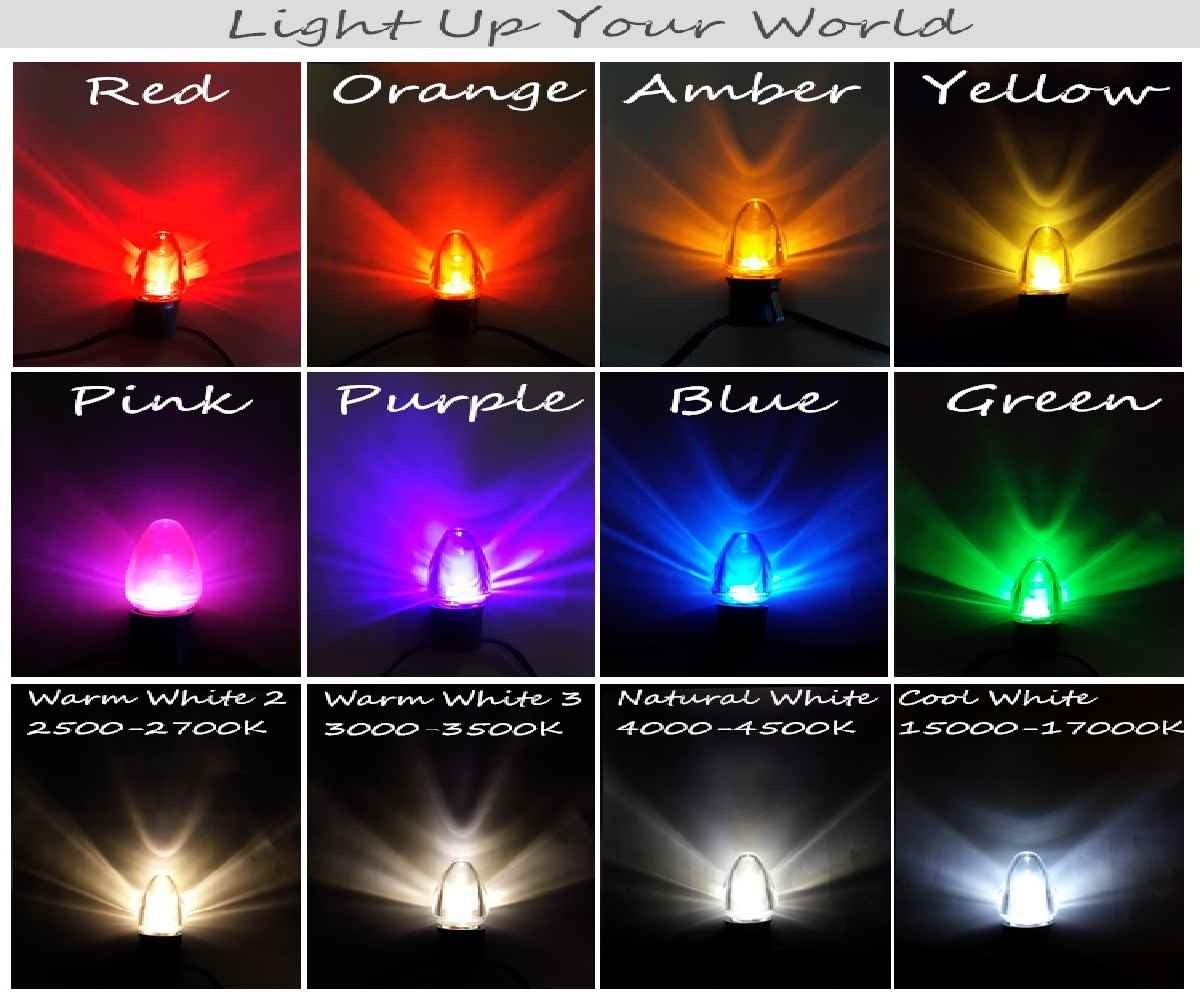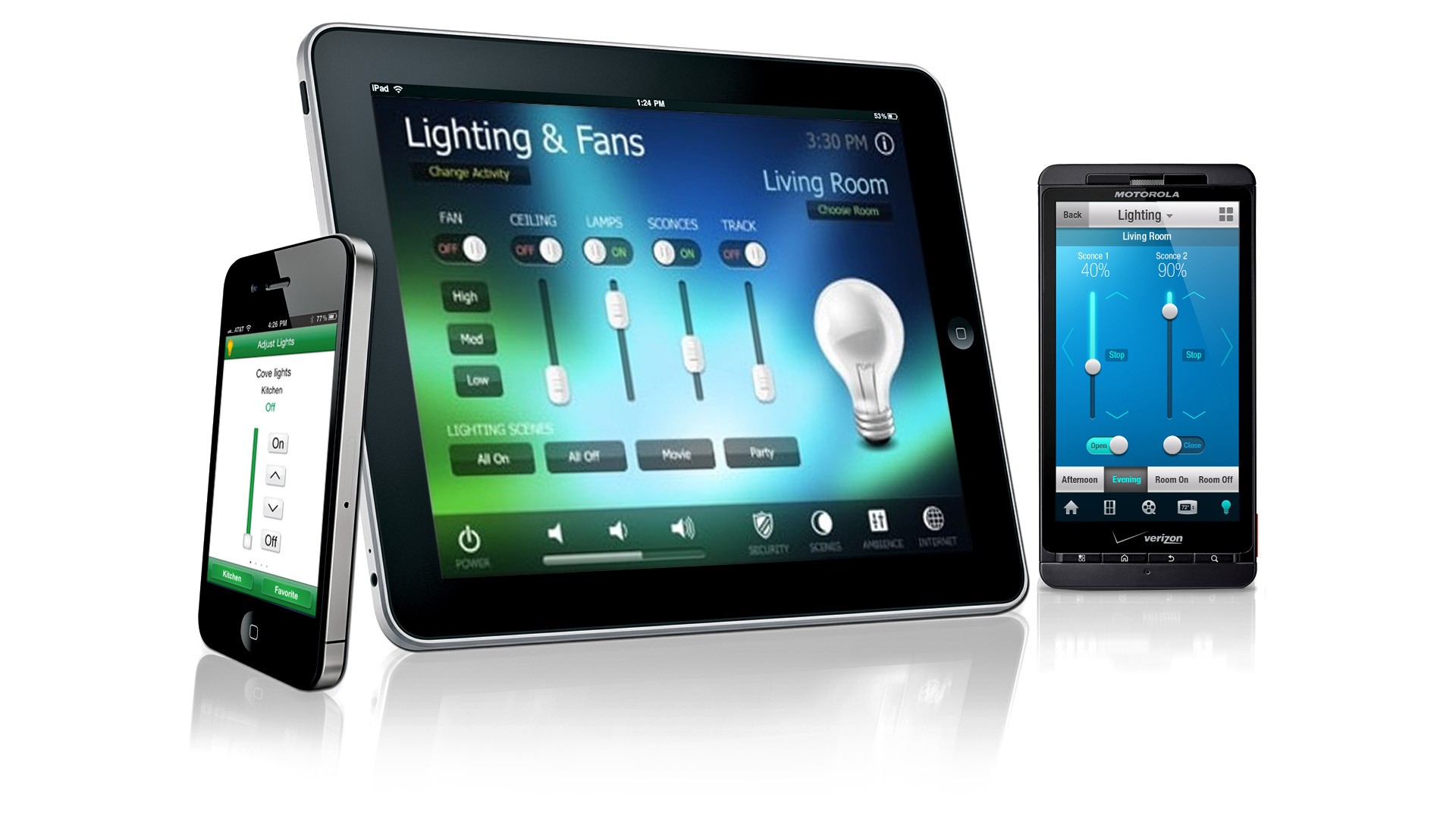lighting-design-restaurant-fastfood
The Importance of Restaurant Lighting

When it comes to restaurants, food is given the most attention. This is rightly so. But restaurant owners should know that the food is not the only thing that attracts new customers and makes them keep coming back. Interior and excellent customer service are also given much importance and they do matter a lot. But all of these things can be destroyed by poor lighting. Poor lighting destroys the idea of of enjoying an intimate ambiance. Poor lighting can make the dining experience uncomfortable that even great tasting food, excellent servers and a beautiful interior cannot make up for.

Image : https://www.interior-deluxe.com
In upscale restaurants, ambience is everything. The dining experience has to be private, intimate and serene. One way to achieve this setting is to set the mood through lighting. Consider investing in a dimmer to easily adjust the brightness in your restaurant.



Light-emitting diodes (LEDs) (also called solid state lighting, SSL) technology is evolving rapidly as the newest and most energy-efficient option for a variety of residential lighting applications. An LED is a pea-sized device that uses semi-conducting metal alloys to convert electricity into light. These diodes can be arranged in matrices or clusters offering great design flexibility. Over the past few decades, the development of first blue and now white LEDs has extended their use from simple indicator lights to a wider range of display, task and general lighting applications.
Until recently, most lighting found in homes was incandescent lighting. In an incandescent lamp, electric current heats up a metal filament in the light bulb, making it glow white-hot and give off light. The problem is that only 10% to 25% of that electricity is actually used to produce light — the rest ends up as heat. During the winter months, incandescent lighting is an expensive form of electric heat; during the summer months, it makes your air conditioner work harder than it has to.
The introduction of compact fluorescent lamps (CFLs) in the early 1980s revolutionized lighting but only in the past 15 years have they gained mainstream popularity.
We tend to think of objects as having fixed colors—an apple, for example, is red. In reality, an object’s appearance results from the way it reflects the particular light that is falling on it. Under white light, the apple appears red because it tends to reflect light in the red portion of the spectrum and absorb light of other wavelengths. If a filter is used to remove red from the light source, the apple reflects very little light and appears black.
Visible light waves consist of different wavelengths. The colour of visible light depends on its wavelength. These wavelengths range from 700 nm at the red end of the spectrum to 400 nm at the violet end.
Quality lighting is an important aspect of our daily life, and is often taken for granted. Light control is the ability to regulate the level and quality of light in a given space for specific tasks or situations. Controlling light properly not only enhances the experience, it helps to save energy by using light when and where it is needed most.
In the average home, most light controls are a simple on/off switch, rather than a dimmer. This means that whether it’s the middle of the day or it’s nighttime, your fixtures are putting out the exact same amount of light. In fact, light switches are one of the few appliances that only have two settings – on and off. Through dimming, users can control the quantity of light their fixtures provide to fit specific tasks, moods, or situations. This not only improves the experience, but also saves wasted energy in the process.




How Lighting Design Affects the Dining Experience
For the architect and the designer of a restaurant, lighting is a crucial tool. Proper lighting design is what completes the idea for the restaurant which starts with designing the physical space and the furniture and objects within that space. But many restaurant owners fail to realize the immense value of a properly designed lighting.

ABC Kitchen Restaurant. Image: Style Junkies
Good lighting involves combining daylight with electric light. Daylight is naturally the most comfortable and the task of the electric light is to imitate it. This combination is crucial in having pleasant lighting.

Hunter Gatherer, Shanghai. Image: Retail Design Blog
The color of lights is important too since it influences human emotions and moods. One must be cautious with various colors since the wrong selection can very easily create kitschy or circus-like atmosphere. Colors can be used to accentuate certain details or moments when necessary. They need to be adjusted to the function of the space and the colors of the surrounding environment as well.
Not all lighting is created equal. Think about the last time you went to a fast food place. The light is bright and has a specific intention: To make people feel hurried. Fast food places want people in and out. They use bright lights and fast music to accomplish this.

Wakeup Copenhagen in Carsten Niebuhrs Gade Image : https://www.wakeupcopenhagen.com
There is no singular best lighting to choose from, it’s all about fitting the lighting to your space and the mood you are trying to set for your guests. Perhaps you cater to an intimate clientele looking mostly for romantic dinners for two. A dimly light dining room with candlelight accenting each table may be the right choice, where a more family style venue that supports larger groups may call for brighter and more bold lighting choices.

Image : http://www.chantellelighting.co.uk – THE KITTY HAWK – Designed by Russell Sage Studio
The right lighting can help guests to understand the different zones in your restaurant. Lights in the kitchen are not the same as those used in the dining room. Lights in the dining room are not the same as those used in the entryway or bathroom. Consider the mood you want each zone to have and design your light plan accordingly.




 WhatsApp us
WhatsApp us